WILLIAM B. WARNER is professor of English at the University of California, Santa Barbara. He is the author of three books, most recently Chance and the Text of Experience: Freud, Nietzsche, and Shakespeares Hamlet, and coeditor of This Is Enlightenment, published by the University of Chicago Press.
The University of Chicago Press, Chicago 60637
The University of Chicago Press, Ltd., London
2013 by The University of Chicago
All rights reserved. Published 2013.
Printed in the United States of America
22 21 20 19 18 17 16 15 14 13 1 2 3 4 5
ISBN-13: 978-0-226-06137-5 (cloth)
ISBN-13: 978-0-226-06140-5 (e-book)
DOI: 10.7208/chicago/9780226061405.001.0001
Library of Congress Cataloging-in-Publication Data
Warner, William Beatty.
Protocols of liberty: communication innovation and the American Revolution / William B. Warner.
pages; cm
Includes bibliographical references and index.
ISBN 978-0-226-06137-5 (cloth: alkaline paper)
ISBN 978-0-226-06140-5 (e-book)
1. United StatesHistoryRevolution, 17751783Committees of correspondence. 2. Communication in politicsUnited StatesHistory18th century. I. Title.
E216.W29 2013
973.3dc23
2013011347

This paper meets the requirements of ANSI/NISO Z39.48-1992 (Permanence of Paper).
PROTOCOLS OF Liberty
COMMUNICATION INNOVATION AND THE AMERICAN REVOLUTION
WILLIAM B. WARNER
THE UNIVERSITY OF CHICAGO PRESS
Chicago and London
For my children:
Robert, Andrew, Nathaniel,
and Emma
CONTENTS
ACKNOWLEDGMENTS
Everyone who gathers knowledge and ideas to write a book discovers that as authors, each of us is embedded in a sustaining network of personal and institutional affiliation. It is a pleasure to thank those who have helped me think about networking and the American Revolution. My deepest debt is to my longtime collaborator and director of the Re: Enlightenment Project, Clifford Siskin. Special thanks go to those who read the whole manuscript and gave me invaluable advice during its long gestation: my wife, Elizabeth MacArthur, a wise and perspicacious scholar of eighteenth-century France; Ronald Paulson, the generous teacher who first guided me into eighteenth-century studies; and my brother, Jonathan Warner, who is a distinguished biologist and all-around intellectual. I also benefited from readings of parts of the manuscript by three gifted historians: Robert Gross, my colleague Ann Plane, and my old friend and running buddy, William Graebner. In the later stages of writing, Summer Star, an advanced graduate student at the University of California, Santa Barbara (UCSB), gave me invaluable critical and editorial advice.
Early in my work on this project, I received an indispensable grant from UCSBs interdisciplinary Center for Information Technology and Society and its visionary founder, Bruce Bimber. This study grew along with the conversations sustained by conferences in the United States and Europe. I especially want to thank the Scandinavian Eighteenth-Century Novel group, for conversations led by Knut Ove Eliassen, Anne Fastrup, and Helge Jordheim; the Bloomington Enlightenment Seminar, especially Sarah Knott, Konstantin Dierks, Jonathan Elmer, Mary Favret, and the seminars founder, Dror Wahrman. In seminars and lectures, I have benefited from the critical exchanges initiated by Elisa Tamarkin, Janet Sorensen, and Mark Goble, all at the University of California, Berkeley; by Deidre Lynch and Paul Downes at the University of Toronto and its Munk Center of Global Affairs; by the Eighteenth-Century Group at the University of California, Los Angeles, led by Felicity Nussbaum; by the Danish Society of Eighteenth-Century Studies; and by the McNeil Center, where Toni Bowers was a most generous interlocutor. Finally, I have been lucky to be surrounded by a remarkable group of my colleagues at UCSB, especially Richard Helgerson, Alan Liu, Rita Raley, Mark Rose, Patricia Fumerton, James Kearney, Elizabeth Heckendorn Cook, Matthew Stewart, and Yunte Huang. Each has, in different ways, been an inspiration for me.
Throughout this project I have benefited from the assistance of a series of indispensable archives: the American Antiquarian Society, the Huntington Library, the New York Public Library, the Massachusetts Historical Society, the Small Special Collections of the University of Virginia, the Library Company of Philadelphia, and the Historical Society of Pennsylvania. Finally, Ive received support from the Davidson Library at UCSB, where I received years of personal assistance from Barbara Lansdon. At all these archives, Ive learned that during an epoch when archives are being migrated to digital databases, it is all the more important to have gifted guides to explore this vast, complex, new multimedia archive. At the end of the writing process, I greatly benefited, in taming a once-unruly project, from the critical readings coordinated by the innovative editor at University of Chicago Press, Alan Thomas, and the capable acquisitions, copyediting, design, production, and marketing personnel at the Press.
Finally, I wish to acknowledge three publishers for allowing me to rehearse early versions of ideas in the pages of their publications before making their way into this book: Johns Hopkins University Press, for portions of , which were first broached in Transmitting Liberty: The Boston Committee of Correspondences Revolutionary Experiments in Enlightenment Mediation, in This Is Enlightenment, edited by Clifford Siskin and William B. Warner (2010), 10219.
INTRODUCTION
COMMUNICATION AND THE AMERICAN CRISIS
Almost from the moment they could imagine themselves as citizens of an independent nation, Americans have turned to the American Revolution to understand the essential character of their politics. From Lincoln at Gettysburg to the Tea Party of the Great Recession, claims about the meaning of the American Revolution motivate a return to the origin, where Americans have sought to identify Americas defining values and ideas: liberty, democracy, religious faith, the public virtue of the founders, popular sovereignty, imperial expansion, racial violence, or multicultural difference. This way of knowing the Revolution obscures the distinctive collaborative politics that Americans developed during the American Revolution, a politics of change that Americans have practiced periodically ever since. Crucial to that politics were innovations in communication that American Whigs developed in the dozen years after the Peace of Paris (1763) and which made their revolution a model that many other nations would emulate. In Protocols of Liberty, I study the American Revolution as an event in the history of communication.
Momentous historical events often issue from a nexus of violence and communication. While American independence from Britain ultimately depended upon the spilling of blood on the battlefields of Bunker Hill, Saratoga, and Yorktown, the successful challenge to the legitimacy of British rule in America was the culmination of an earlier communications war waged by American Whigs between the Stamp Act agitation of 17641765 and the Coercive Acts of 1774. In response to the first of the Coercive Actsthe Boston Port BillBoston Whigs secured a tidal wave of political and material support from throughout the colonies of British America. By the end of 1774, the American secretary at Whitehall, Lord Dartmouth, had received numerous reports from colonial governors of North America, like this report from the lieutenant governor of South Carolina, William Bull:


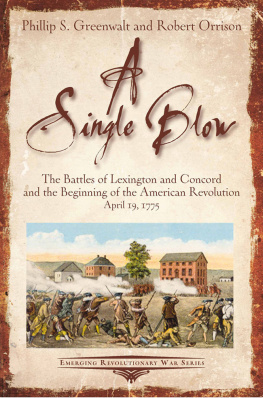
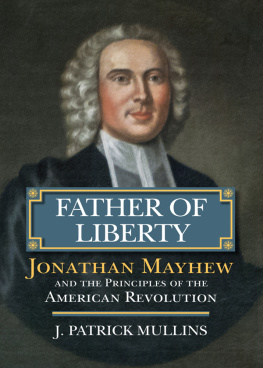
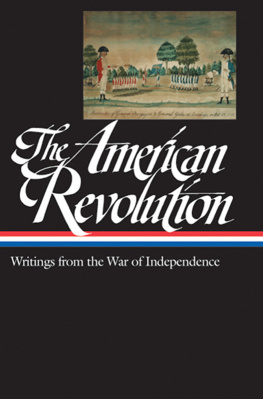
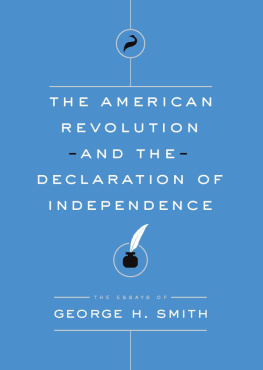
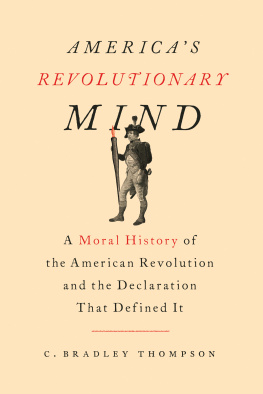
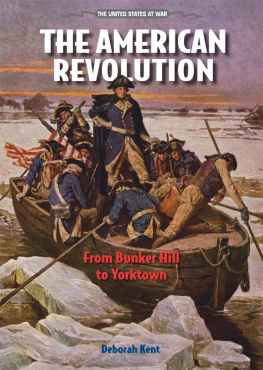
 This paper meets the requirements of ANSI/NISO Z39.48-1992 (Permanence of Paper).
This paper meets the requirements of ANSI/NISO Z39.48-1992 (Permanence of Paper).